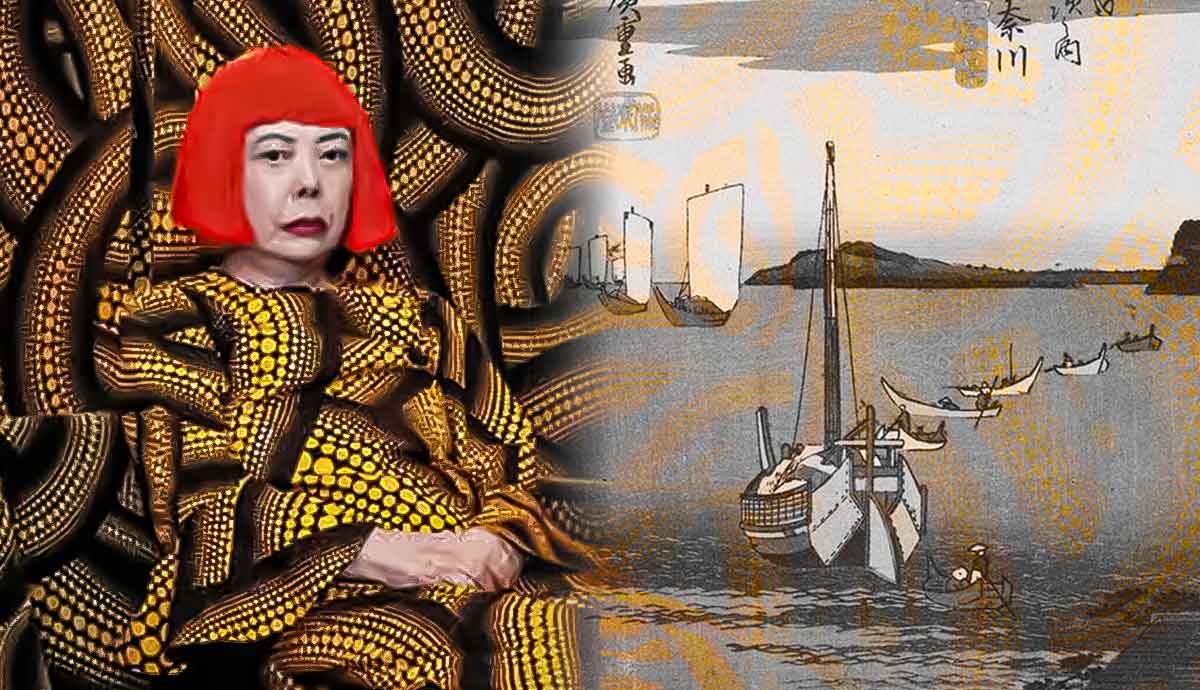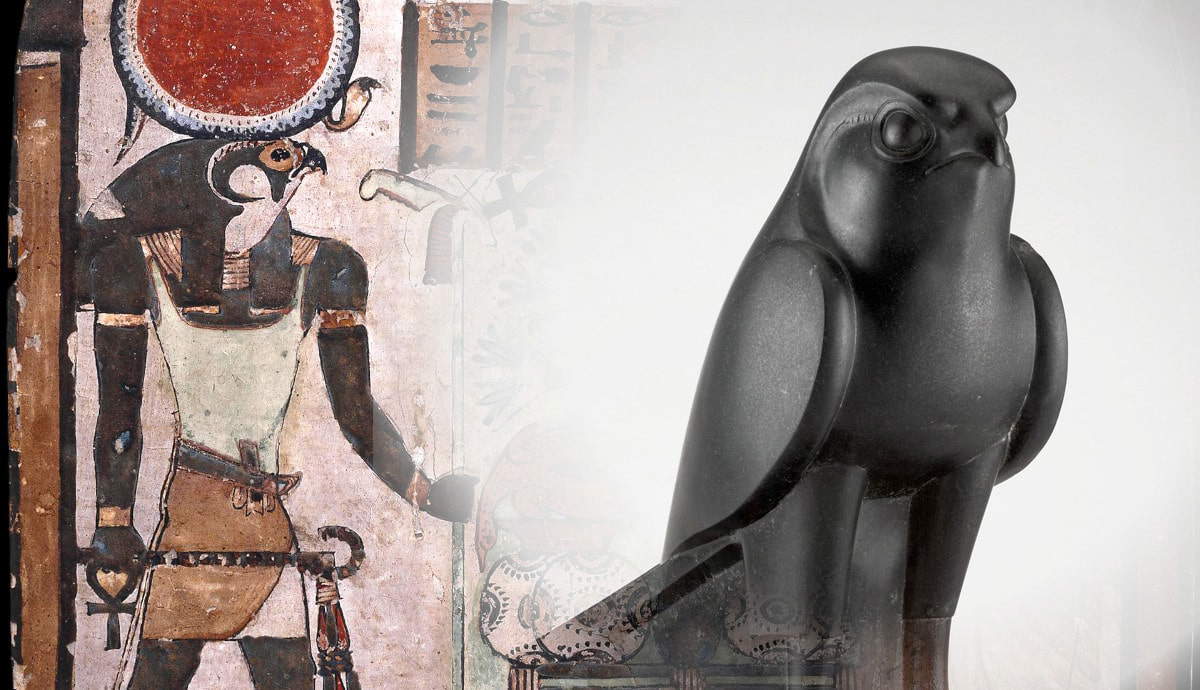
Breastfeeding has been depicted in art throughout the centuries, forming a visual representation of women’s lived experiences concerning religion and societal expectations. Ancient civilizations focused on motherhood through the symbolic use of religious figures, such as Isis in Ancient Egypt. Later, motherhood morphed as Christianity spread across Europe, introducing practices that would last for centuries, such as churching new mothers and hiring live-in wet nurses for feedings.
Ancient Motherhood

One of the first records of a celebration of mothers, what we would now think of as a type of Mother’s Day, comes from ancient Egypt. The ancient Egyptians would hold an annual festival celebrating Isis, who was considered to be the mother of all pharaohs. Her image was used as an ideal for mothers across the region. It likely inspired other cultures such as the Greek and Roman, eventually leading to our modern-day Mother’s Day. Isis was the wife and sister of Osiris. When Osiris was killed by their other brother, Set, out of jealousy, Isis was able to use her lover’s dismembered body parts to impregnate herself with their son, Horus.
A roughly 10-inch-tall bronze or copper-alloy statuette from the Metropolitan Museum of Art depicts Isis nursing her son. It dates to 1070-343 BCE, making it an ancient depiction of motherhood. However, despite its age, this is a later depiction of Isis. Originally, she would have been depicted with an empty throne upon her head, symbolizing her motherhood to the pharaohs. Later depictions show Isis wearing cow’s horns and a sun-shaped disc on her head instead, symbolizing her ability to restore life to the dead and protect loved ones. Clearly, breastfeeding was an important and spiritual act of caring for children, and held connections to one of the most important goddesses in the ancient Egyptian pantheon.
Motherhood in the Middle Ages

In the Middle Ages and Renaissance in Europe, and arguably into the present day, a standard image of breastfeeding was presented through depictions of the Virgin Mary breastfeeding her son, the prophet Jesus Christ. In fact, it was likely one of the most prominent images to be produced in general during this time, not just regarding motherhood. Breastfeeding has always been an important symbol for depicting motherhood in visual culture, but now, depictions of breastfeeding in art would often evoke religious concepts of purity in relation to the Virgin Mary. The Virgin Mary was considered the ultimate mother and someone to inspire mothers. The color blue became a symbol of motherhood and purity, which could be contradictory according to medieval Catholic beliefs.

The spread of Christianity across the continent in the Early Middle Ages was extremely influential on how society viewed motherhood in the Western world. Motherhood became more complicated with seemingly contradictory ideas. In one sense, motherhood was considered the sacred purpose of a woman’s life on Earth. It was often associated with the Virgin Mary. However, the act of motherhood stemmed from sexual intercourse. The act of childbirth caused the mother to be ritually impure.
For example, women were often not present at their child’s christening because they were not allowed to step into a sacred location until their “churching,” a ritual to cleanse the woman of her impurity after birth to give thanks to God for the delivery. After the ritual, she was allowed to return to church regularly. The amount of time she would have to wait varied depending on the newborn’s gender. If the baby was born male, the traditional wait time was forty days, but it doubled if the baby was born female. Naturally, despite the supposed miracle of childbirth, this ritual introduced a level of shame surrounding pregnancy. The shame may have been bolstered by the belief that women suffered during menstruation and childbirth due to Eve’s sins in the Garden of Eden, for which all women bore the punishment through pain.
The practice of churching a woman after birth died out slowly during the 19th century, with the Catholic Church officially discontinuing the ritual between 1962 and 1965 during the Second Vatican Council, in the face of sexual revolutions happening around the world, such as the Hippie Movement in the United States that sought more open attitudes towards sex in society. Some traditionalist sects around the world still choose to participate in this ritual, though it is mostly obsolete.
Societal Expectations of Self-Sacrifice

Mothers were expected to give themselves entirely to their children, living only for them and their husbands. Their entire lives were expected to be centered around the home and family life. Men’s ownership of wives left women in a vulnerable position when their husbands died or abandoned them, forcing them to rely on the charity of family members or remarry for financial stability. Not all women were able to find security in this way, and could easily end up begging on the streets with their children. Begging was illegal, however. The punishment varied throughout the years, with the most prominent being public whippings. In 1616, a woman on the streets could get lucky and be invited into a stranger’s home. That stranger would then receive a small amount of funds (about $20 USD with modern conversions) from the government for their charity. This was rare, it seems, as home ownership records on certain streets include beggars, stating that they commonly slept on straw pallets in the streets.
In Jacques Callot’s series The Beggars, dating to the early 17th century, a homeless (called “placeless” at the time) mother and her three children stand as an image of motherly desperation. This was a story that was all too common at the time and a real fear that nearly all women would have felt. She stands next to her oldest, who wears clothing that is too large for him. She is hunched over as a younger child clings her back, and her infant suckles her breast.

Though breastfeeding is more commonly associated with motherhood, there are examples of it signifying other concepts, such as loyalty. In an ancient Roman story of charity and loyalty, a woman named Pero breastfeeds her father while visiting him in prison in an attempt to keep him alive after he was sentenced to death by starvation.
The story was commonly depicted in ancient Rome, especially at sites like Pompeii. However, it has also been carried throughout the centuries. It was the subject of a painting by Willem Drost in 1655, in which Pero is shown offering her breast to her imprisoned father in an act of brave loyalty. His right hand is shackled, but his left grasps her skirt, an emotional indication of his desperation and gratitude. Pero glances around nervously, hoping not to get caught by guards.
Though Pero used her body to help save her father’s life, and that is generally considered a kind and heroic thing to do, this story has become an example of how women are expected to be selfless in their charity, especially concerning their bodies. Throughout history, women did not experience a sense of control or ownership over their own bodies, and the story fortified the societal concept and expectation of self-sacrifice for women. Creating a heroine out of Pero in the following centuries allowed a patriarchal society to spin the idea of women having no autonomy over their own bodies (which led to the societal expectation that women’s bodies were inherently useful and to be used) into a positive act of love and bravery for women to follow when their own bodies were used by others, such as their husbands expecting endless children, an all-too-common situation that women found themselves in and were bound to obey by religion, society, and even law.

It is a modern-day myth that women did not have to work throughout history. Though they were expected to center their lives around their husband and children, there was plenty of work to do without servants to help around the household. Mothers, who were not wealthy, needed to find ways to balance their workload and care for their husbands and children.
Breastfeeding while working was not uncommon, as seen in Landscape with a Woman Spinning and a Woman Nursing by the Czech artist Johann Balzer. The nursing mother is dressed for domestic labor, with her skirt a bit shorter to make work easier, her apron pinned and draped around her. Though motherhood was expected to be the main focus of a woman’s life, her work was still waiting. This is another act of self-sacrifice for women. As society expected this dynamic for women as their biological destiny, and since women were considered the property of their husbands after marriage, it went largely underappreciated. Generations of women gave their freedom, bodies, and lives to their homes, husbands, and children and received very little respect in return.
Wet Nurses

Wealthy women had different expectations surrounding motherhood than the rest of the population. Breast milk was thought to be made of menstrual blood that had traveled up to the breasts and became milk through body heat, explaining why menstruation did not occur while breastfeeding. Many manuals warned not to partake in sexual intercourse, nor eat aphrodisiacs, as it was believed to dry up the milk. For many women, this could have meant starvation for their babies.
Alternatives included animal milk and bread, but these were not always suitable. Another alternative was seen in wet nurses. In fact, wealthy women usually hired wet nurses anyway, whether they could produce milk themselves or not. Babies were not to be nursed by wealthy mothers, as that was considered counterproductive. Fertility rates were believed to have decreased while breastfeeding.
For a wealthy woman who was responsible for creating as many heirs as possible for her husband, this was problematic for the requirements of her marriage status. For example, Anne Boleyn, second wife of King Henry VIII of England, wished to nurse Princess Elizabeth (later Elizabeth I) herself but was forbidden by her husband, who wanted a son and heir as soon as possible.

In A Girl is Brought by an Old Woman to Visit her Former Wet Nurse in a Cottage by Moritz Ritscher, a young girl is being urged to step towards her former wet nurse. She has been brought to visit the woman who nursed her as a baby, yet clearly does not remember her as she stands unsure in front of the woman who reaches for her. It is unclear if this is a typical depiction of childlike shyness or if the artist meant to show the disparities between the two parties, with the child being loath to dirty her clean, white frock and the former wet nurse—now cottage-dweller—reaching out with hands that were just being used to handle produce for their dinner. Her own son sits barefoot beneath his mother, curiously watching the little girl who was likely once his playmate as a baby.
Wet nurses were a normal part of society. The position was one of the most common avenues of work for less wealthy women who wished to work for a salary. It often worked by inviting the wet nurse to live in the household, either with her own child or without if the child had been lost. However, despite their sacrifice for society’s children, they were viewed with intense suspicion. Their diet and behavior were carefully controlled, as it was believed that personality traits could be passed to the child through the milk. It was also common for wet nurses to become closer to the child than the biological parents, which could cause tension in a household and put the wet nurse’s position in danger.

The decline of wet nurses is directly related to a shift in attitude towards wet nurses, in which society began to view them as promiscuous, alcoholic, and immoral women who would corrupt the baby. Therefore, values slowly changed to mothers nursing their own babies for the sake of the baby’s health and future. This idea about wet nurses was likely accelerated by the situation that Queen Victoria and Prince Albert found themselves in concerning the wet nurse they hired for Prince Edward.
Their wet nurse, Mary Ann Brough, had lived in the palace with the royal family and was present for Prince Edward’s birth. Six years after she no longer worked at the palace, she took the lives of all six of her children by slashing their throats with her husband’s razor blades before attempting to kill herself. Her suicide attempt was unsuccessful, as a doctor was able to sew up her throat well enough for her to confess to her crimes, making her one of the most prolific women serial killers in British history. Historians now believe she was suffering from postpartum psychosis. Bottle-feeding became more widespread in the 19th century, making wet nurses nearly obsolete by the end of the century.
The Development of Modern Motherhood in Art

Mary Cassatt is a particularly important artist concerning depictions of motherhood in art. Ironically, she was able to make a career out of her artwork by flouting the expectations for women at the time. In the 19th century, women were still expected to dedicate themselves to the home and their families. Mary Cassatt was an American artist whose family did not support her endeavors to become an artist, so much so that Cassatt is recorded protesting, saying, “I am independent! I can live alone and I love to work.”
She moved to Paris, where she would go on to exhibit her work alongside prominent Impressionist artists after overcoming misogynistic entry requirements at the Salon. She publicly spoke out about this misogyny from the Salon, earning her a negative reputation amongst her contemporaries. Nonetheless, her artwork helped to bring more realistic depictions of motherhood from a woman’s perspective into the public eye. By the 1880s, she left the group of Impressionists to pursue creating artwork with different styles.
In her later career, Cassatt was heavily inspired by Japanese art. She depicted scenes of motherhood and womanhood in a style reminiscent of Japanese woodblock prints. The artist Kitagawa Utamaro had an especially large influence on her work, as depictions of motherhood and breastfeeding were common in his work from the late 18th century and early 19th century.

The relationship between breastfeeding and art has shifted multiple times throughout history, differing according to location, time period, contemporary medicine, religion, and societal beliefs. The depictions, along with context, serve as visual examples of how attitudes towards women, childbirth, and motherhood have changed throughout the centuries. Much progress has been made toward women retaining their autonomy concerning motherhood, though there is more to be made. As previous societal changes relating to motherhood and breastfeeding have been reflected in art, it can be expected through human behavioral patterns that art of the future will continue to shine a light on the lived realities of mothers, forming a visual historical timeline of the suffering and joy that motherhood can bring according to the circumstances.










